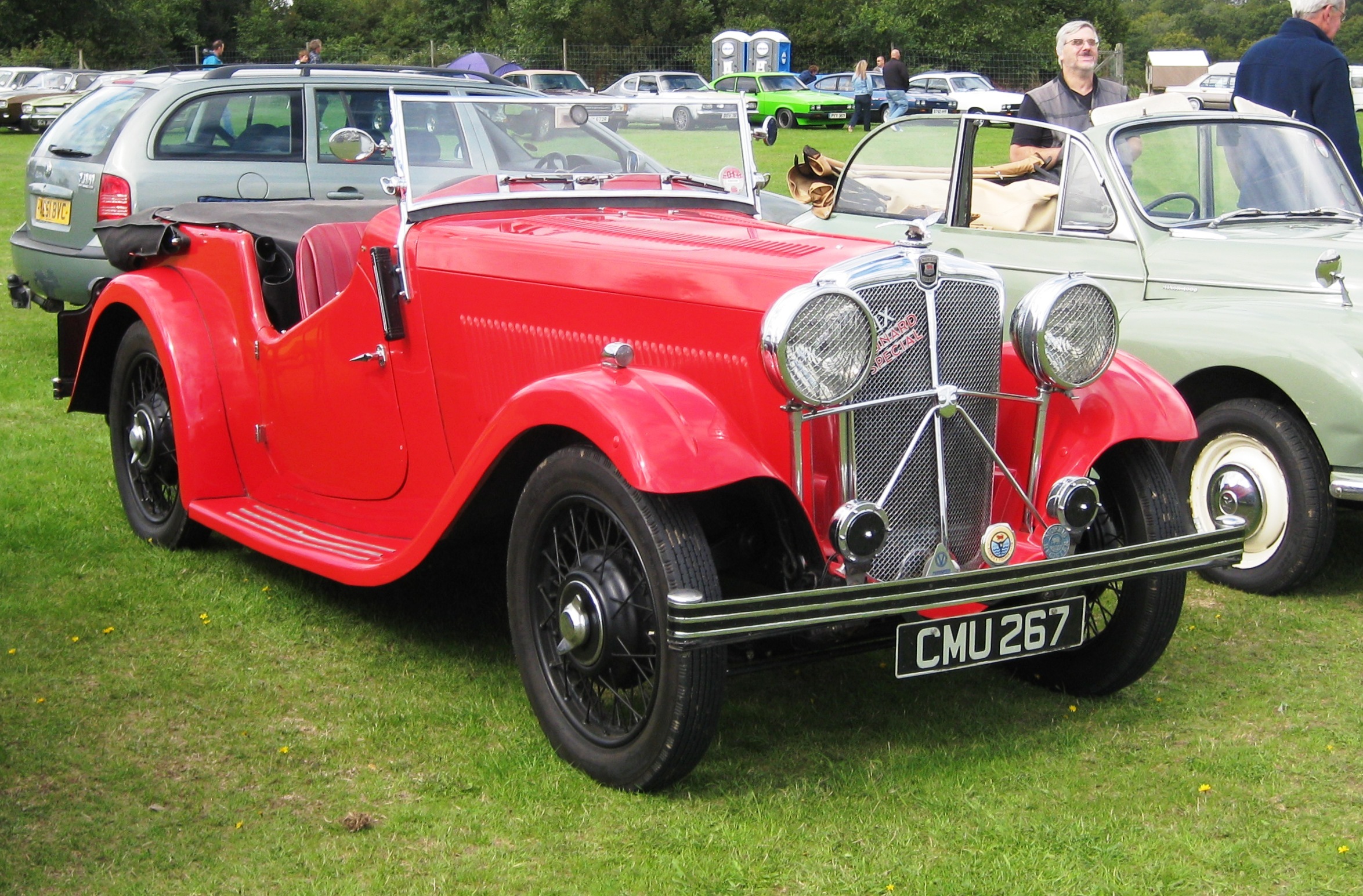Cunard (coachbuilder) on:
[Wikipedia]
[Google]
[Amazon]
 The Cunard Motor & Carriage company was a British vehicle
The Cunard Motor & Carriage company was a British vehicle
 The name was revived in 1930 by an ex Cunard managing director, R. I. Musselwhite and V. E. Freestone from another well known coachbuilder,
The name was revived in 1930 by an ex Cunard managing director, R. I. Musselwhite and V. E. Freestone from another well known coachbuilder,
coachbuilder
A coachbuilder or body-maker is someone who manufactures bodies for passenger-carrying vehicles.Construction has always been a skilled trade requiring a relatively lightweight product with sufficient strength. The manufacture of necessarily ...
. It was founded in London in 1911 and continued in various forms up to the 1960s.A-Z of British Coachbuilders. Nick Walker. Bay View Books 1997. Napier
The main customer for the bodies wasNapier & Son
D. Napier & Son Limited was a British engineering company best known for its luxury motor cars in the Edwardian era and for its aero engines throughout the early to mid-20th century.
Napier was founded as a precision engineering company in ...
and from its works in Lower Richmond Road, London, SW15 Cunard provided a range of coachwork to fit on Napier chassis. Shortly after its formation, Cunard became a subsidiary of Napier and acted as their in-house coachbuilder but continued to supply bodies to other companies.Weymann
In 1924 Napier stopped making cars and the Cunard business was sold to Weymann Motor Bodies LtdWeymann's Motor Bodies (1925) Limited. ''The Times'', Tuesday, 16 Feb 1926; pg. 22; Issue 44197 who were looking for premises in which to build their range of car bodies. The Cunard name was dropped.Stewart and Ardern
Thrupp & Maberly
Thrupp & Maberly was a British coachbuilding business based in the West End of London, England. Coach-makers to Queen Victoria they operated for more than two centuries until 1967 when they closed while in the ownership of Rootes Group.
Mr Thru ...
. New premises were opened in Acton in West London. In 1931, after only a few bodies had been made, the company was bought by the London agent for Morris cars Stewart and Ardern and both Musselwhite and Freestone left. Production was now concentrated on a range of standard bodies for Morris, Rover and Wolseley (especially the Hornet
Hornets (insects in the genus ''Vespa'') are the largest of the eusocial wasps, and are similar in appearance to their close relatives yellowjackets. Some species can reach up to in length. They are distinguished from other vespine wasps by th ...
model).Commercial vehicle bodies
With the decline in the specialist coachwork business as car makers increasingly turned to mass-produced, pressed steel bodies, Cunard moved into commercial vehicle bodies. The name was changed to Cunard Commercial Carriage Company and a move made to Water Road Alperton Wembley in North London where it Was run by Mr Freeman As Works Manager and Mr Fred Winyard in overall. control General Foreman was Mr Ron Greensheilds. During the early 60s a number of Morris Minis were modified by lowering the suspension, the roof height and replacing All the glass with Perspex. The company continued into the late 1960sNotes
External links
{{Commons category, Cunard Coachwork Coachbuilders of the United Kingdom Vehicle manufacture in London